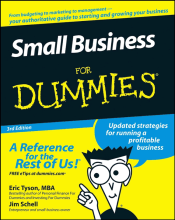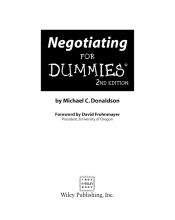Professional Orientation and Ethics - Review Questions
3 important questions on Professional Orientation and Ethics - Review Questions
The doctor–patient consultation model relies on four distinct stages: entry, diagnosis, implementation, and evaluation. In order for the doctor—-patient structure to work, the consultee (i.e., the person receiving the consultation) must accurately depict symptomatology, trust the consultant’s diagnosis, and carry out the consultant’s directives. This model is associated most closely with the work of
a.Caplan.
b.Freud.
c.Adler.
d.Schein.
Consultants can focus on process (what is happening from a communications standpoint) or content (knowledge imparted from the consultant to the consultee).
The major trend that impacted upon the counseling movement in the 1980s
a.was reality therapy.
b.was behavior modification.
c.included an emphasis on professionalism, certification, and licensing.
d.was the group movement.
Credentialing helped counseling become a specific and separate profession such as psychology or psychiatry. Although group work is still very popular, it emerged as a driving force in the 1970s.
One of the primary problems of counseling in the early 1960s was that it wrongly emphasized
a.social issues.
b.intrapsychic processes.
c.referrals to secure antidepressant medicine.
d.career counseling.
This was not entirely a negative thing; nevertheless, social issues such as Vietnam, civil rights, and women’s issues could have been emphasized to a greater degree.
The question on the page originate from the summary of the following study material:
- A unique study and practice tool
- Never study anything twice again
- Get the grades you hope for
- 100% sure, 100% understanding































